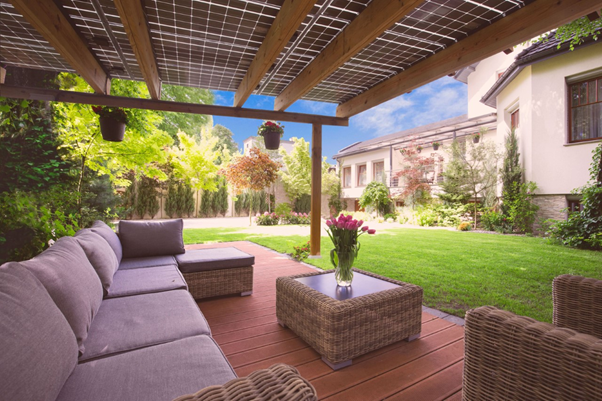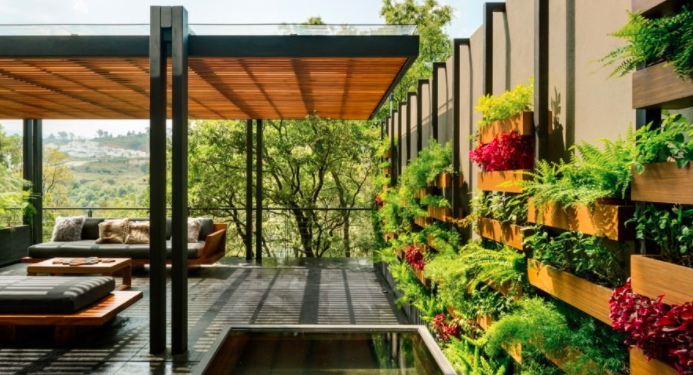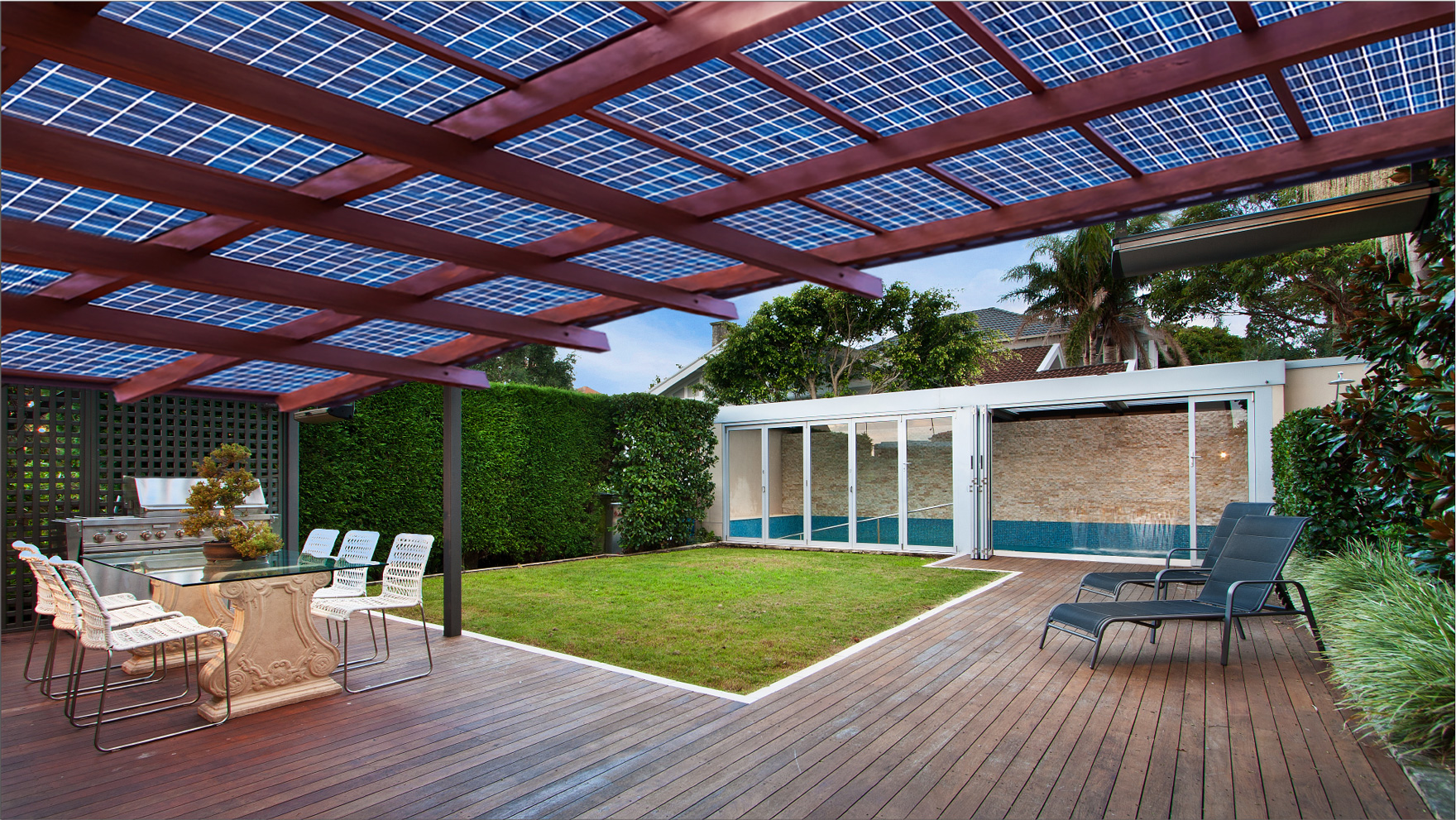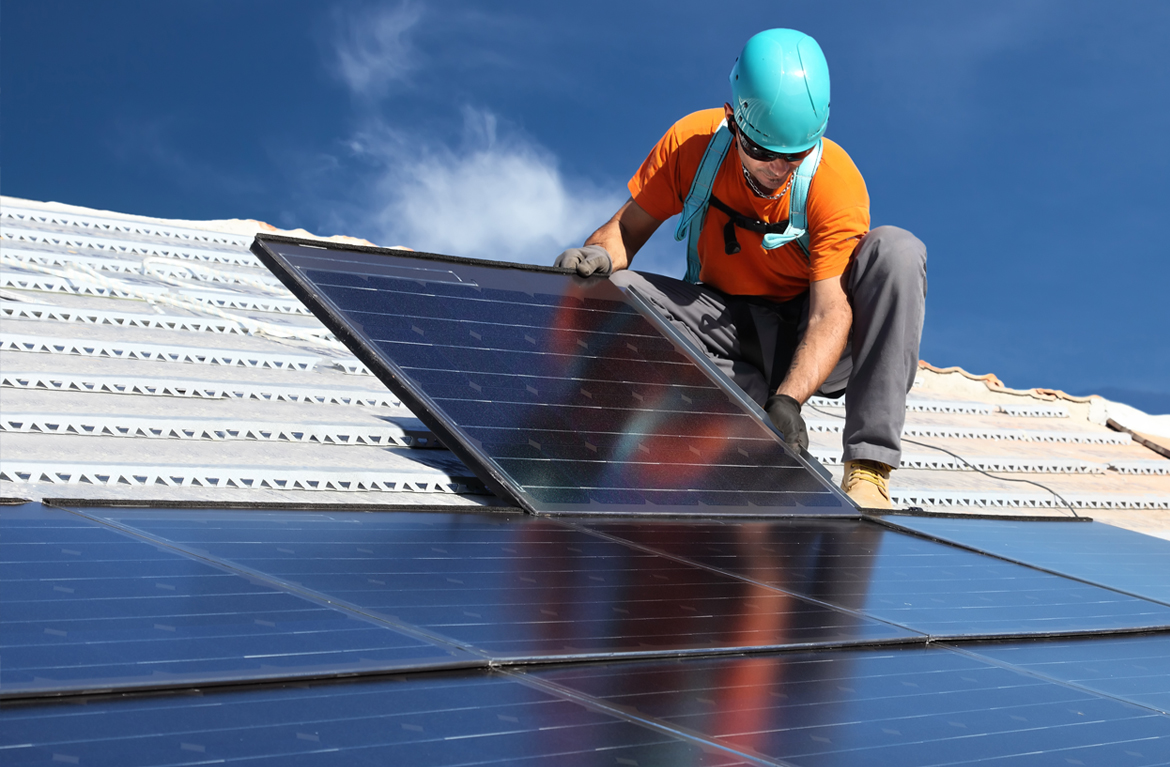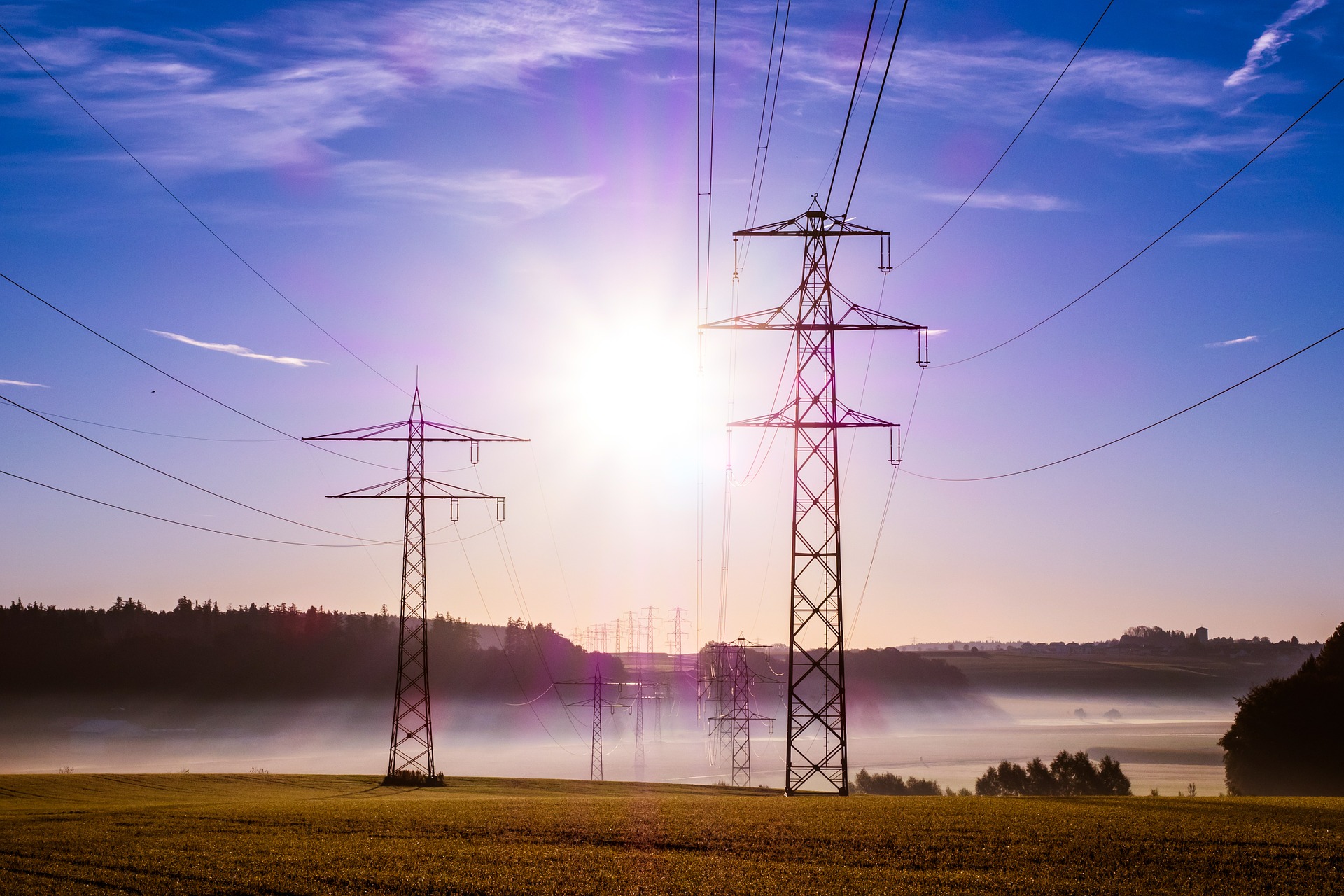Categories
08 October 2021
Best Practices To Get Maximum Power Generation From Your Home Solar Plant
Understanding the way solar panels work is crucial to getting the most out of your domestic solar system. Most people [...]
05 September 2020
Revamping your Roofs and Open Spaces
COVID – 19 has made our lives change in numerous ways. We are slowly getting acquainted with the ‘New Normal’. Amidst [...]
25 August 2020
India has become the Third-largest producer of Solar Energy in the World
With 8.3 GW of solar photovoltaic capacity installed in the year 2018, India has emerged as the third-largest solar energy [...]
03 August 2019
Why I chose HomeScape to get Solar Rooftop for my home
In the last couple of years, India has seen tremendous growth in solar rooftop installations across the residential and commercial [...]
18 July 2019
DIY Calculation Guide for 1 kW Solar System
The size of a residential solar system is defined by its peak power. e.g. a 1 kW solar system can produce 1 kW of power per hour [...]
04 July 2019
Role of Solar in Fighting Climate Change
The greatest threat to our planet is the belief that someone else will save it.” – Robert Swan OBE, the first man [...]
24 June 2019
Off-Grid vs On-Grid Solar Power System
With the increasing cost of electricity and power, a number of businesses and homeowners are shifting to the solar power [...]
